Last weekend I had set aside to be the first in over three months that I didn’t travel anywhere & instead stayed at home & did very little. However, one can’t take brilliantly clear & sunny days for granted in this country. So shortly after waking up Saturday morning with no plans, I was joining that 170 year tradition of days out – a day-trip to the Brighton seaside by train. It would seem many others had that idea as the train was crammed by the end of the two hour all-stops journey.
I headed straight for the seaside & the famous pier. As expected, the beach is overly stoney – but it was all very pleasant with plenty of people out & about and many restaurants and cafes to choose from (many built in to the bottom, sea-side of the promenade). West Pier has many similarities to the third Swamp Castle – disused for many years, it burnt down, fell over & (mostly) sank into the sea.
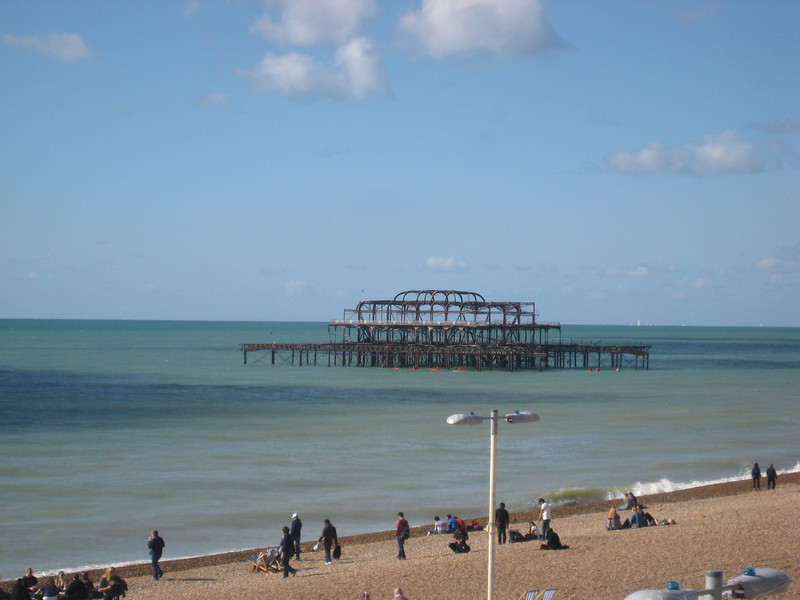
There’s a tiny museum devoted to the local fishing trade, & seaside attractions to some extent, tucked under the promenade as well – that gave me a bit of local history. With plenty more chances of food from enticing stalls, I strolled around the historic pier looking at the various funfair attractions and gazing back to the beach and further along to the white cliffs.
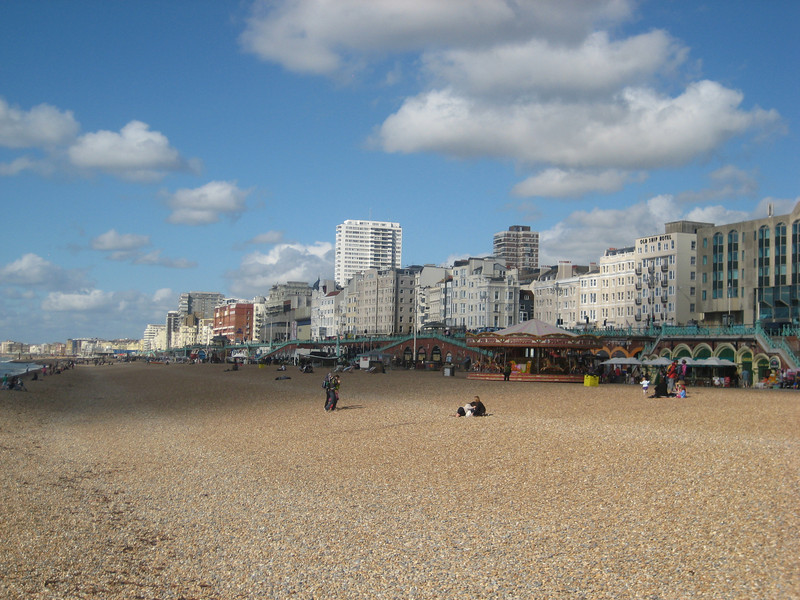
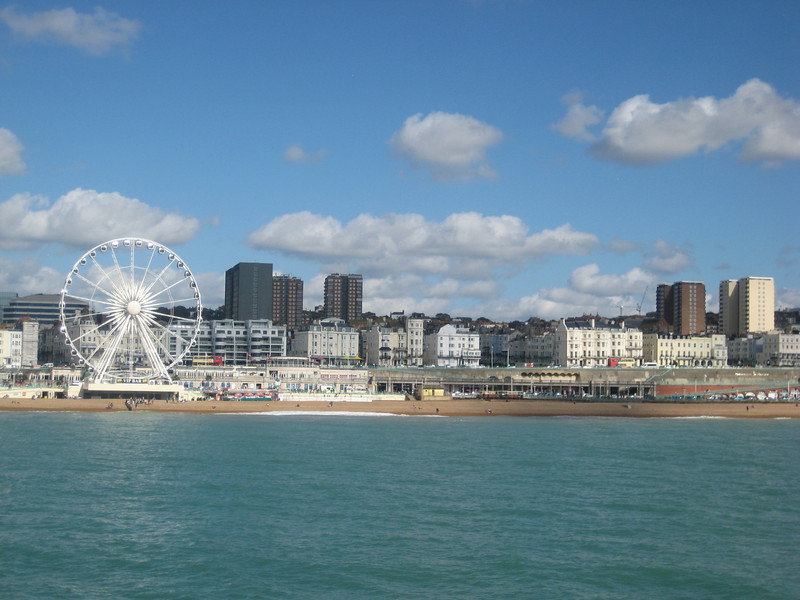
Hungry by now, I was easily tempted to shell out a few quid for a ride on the oldest electric railway still operating (Volks Railway) – it’s about a ten minute ride along the edge of the shore to Brighton Marina. That area started out looking rather shabby, but eventually I found plenty of restaurants beside the moorings – I just had to get past the encamped gypsies, a huge boarded up lot, an ASDA, a parking building and a McDonald’s. Having had so much pasta & pizza recently, I was keen to give British Italian a miss & ended up in a small chain (there is one other in Newcastle) of American restaurants. It was not over the top (so not really American in that respect), but I was well thrilled to be having a proper large burger with plenty of blue cheese, pickles, onion rings & sweet potato fries. For a southwest touch, they even served pink lemonade; just as well I was wearing my Stetson in the bright sunshine.
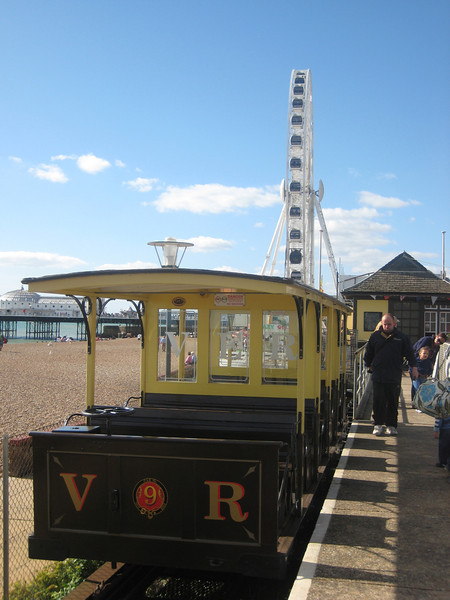
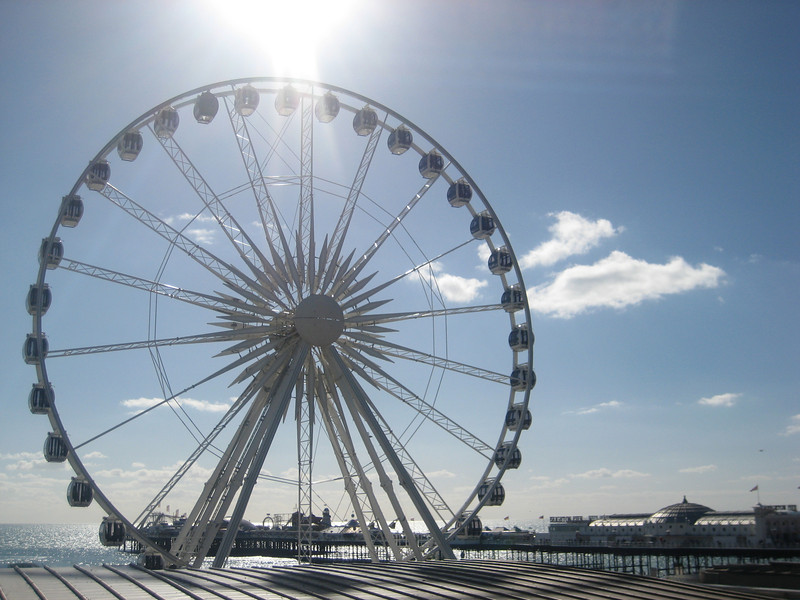
The main thing I wanted to see in Brighton was the Royal Pavilion – the Prince Regent’s residence that he had built either side of the turn of the nineteenth century. I was well prepared that it would look a little odd on the outside – it was built in the Indo-Saracenic style, a strange mix of Indian styles and those favoured in Britain at the time – Gothic & neo-Classical.
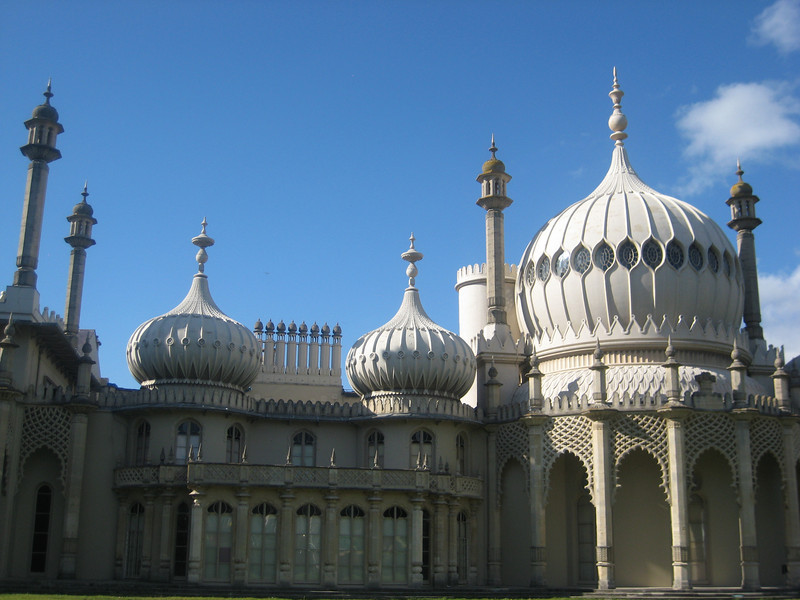
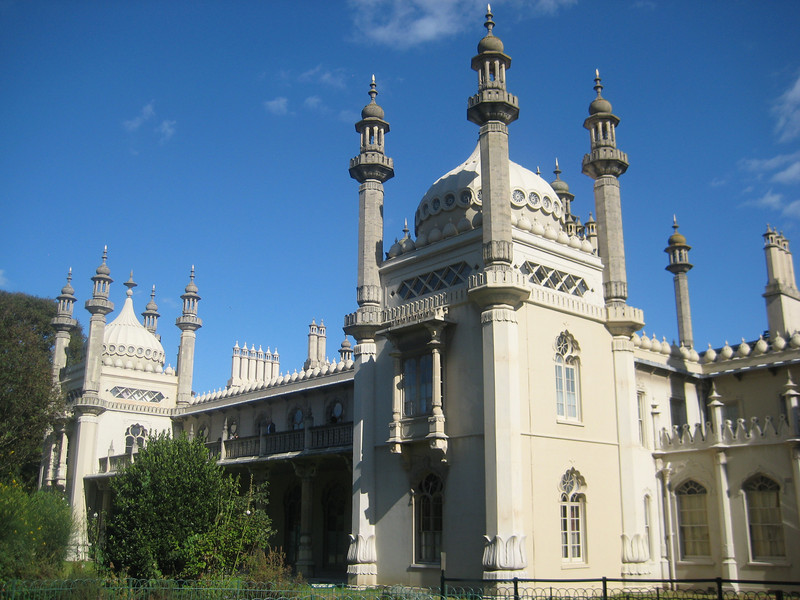
I was taken aback by the extent and the grandeur of the interior – I was not expecting such a Chinese influence. The pavilion is the greatest example of the chinoiserie (French – Chinese-esque) style in Britain. With large dragons, palm leaves & all manner of other Chinese decorations, it really was quite something. Unfortunately, no photos inside – so an image search will have to satisfy any curiosity you may have.
I had a bit more time to wander the extremely narrow-streeted Lanes area, there are many curious looking shops – with a big student population and being the foremost LGBT centre in the UK, it does have quite a different feel to the place than most old towns & small cities in the country.
Back home at a reasonable hour, the next day I headed out for my first mountain-bike club ride in six or seven months. Pretty flat out on the other side of the Forest, it was pleasing to have more than half of the fast group riding singlespeed. I may need to get a smaller cog at the back as I was frequently spinning out on the flat sections & struggling to keep up – 32:16 is very achievable around here, in fact 32:18 borders on the silly. Still, I’ve only just started singlespeeding again, so at least I didn’t have to push up the hills.
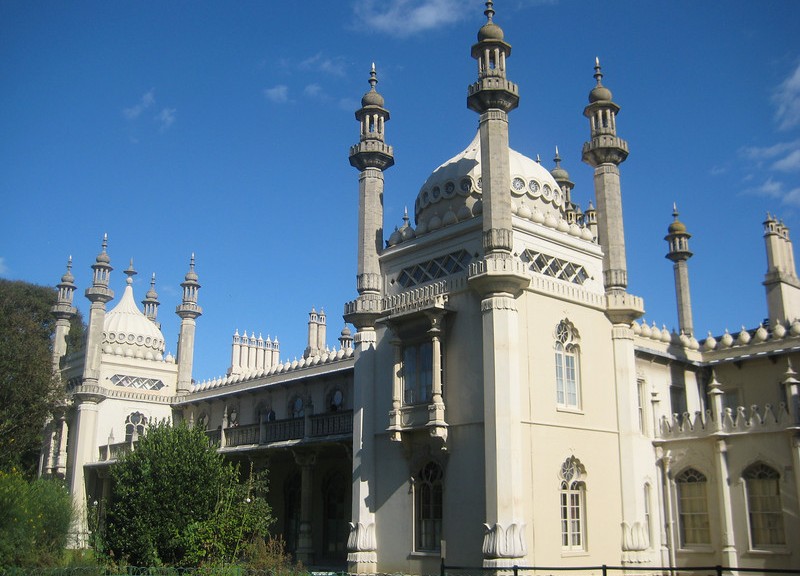
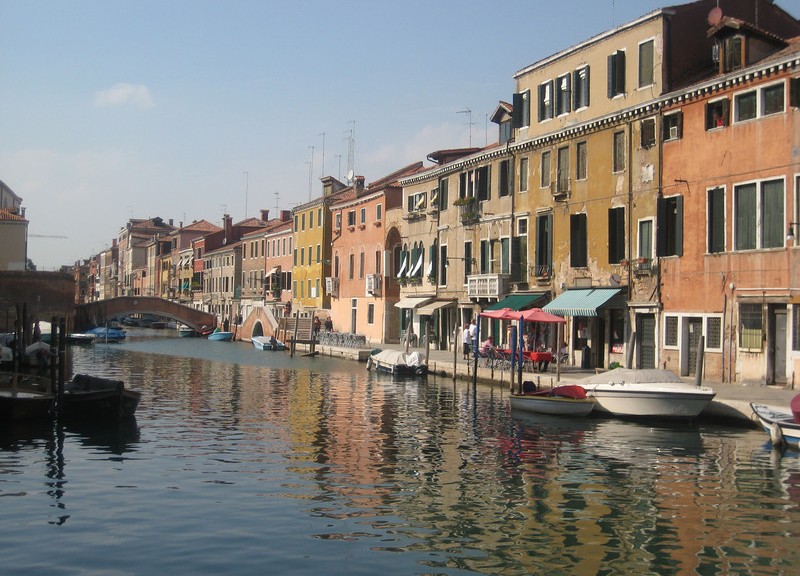

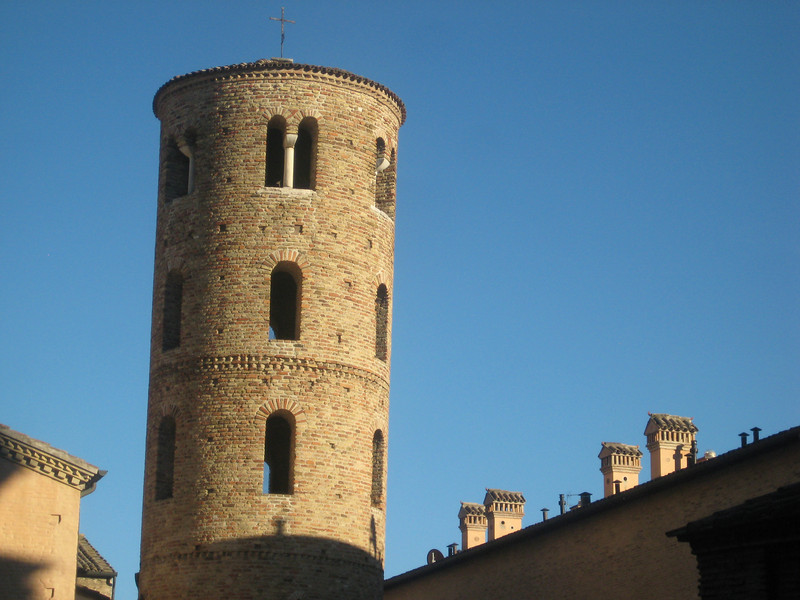
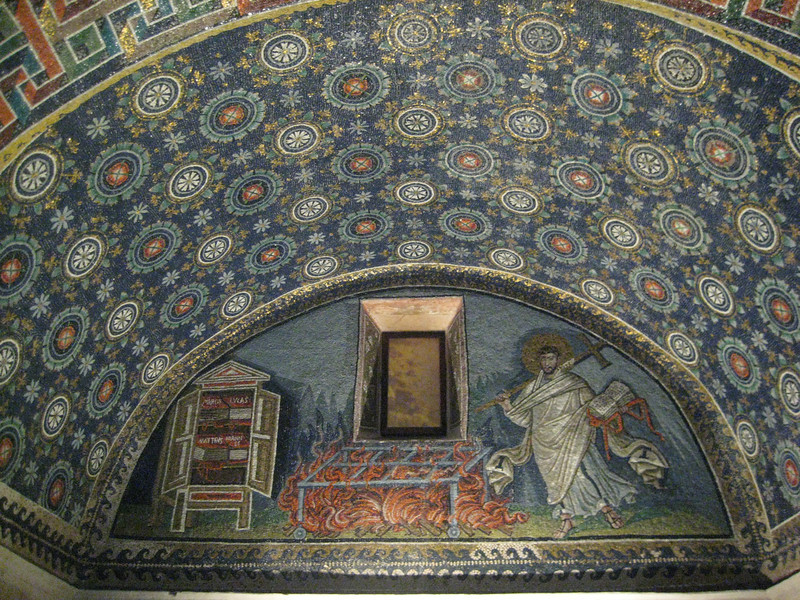
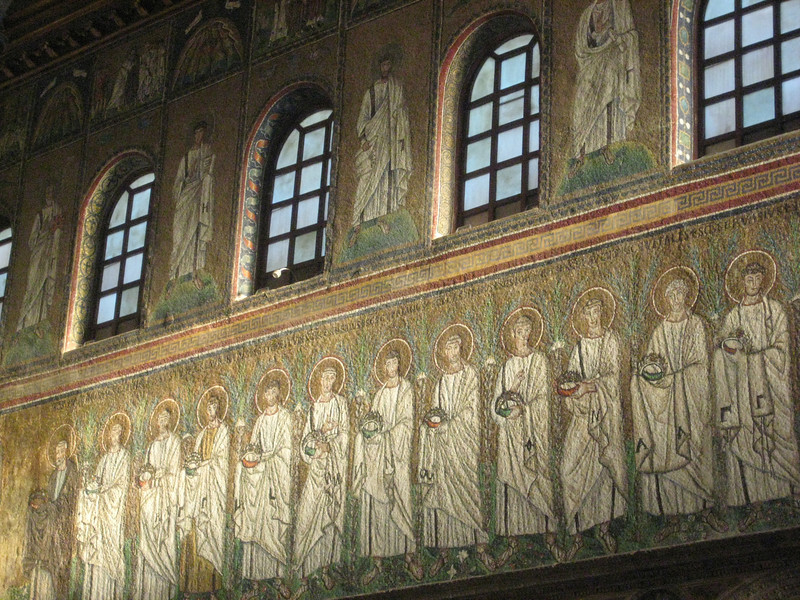
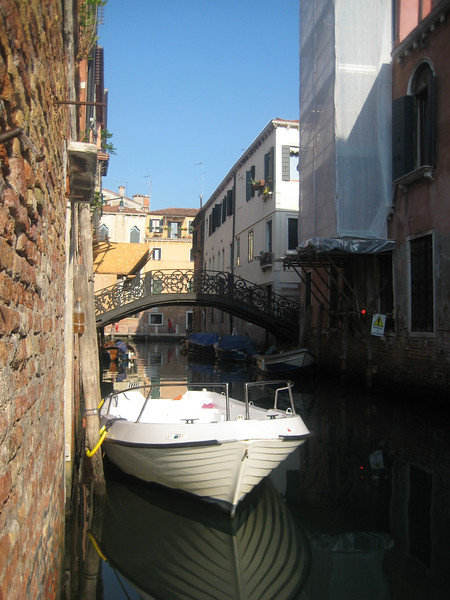
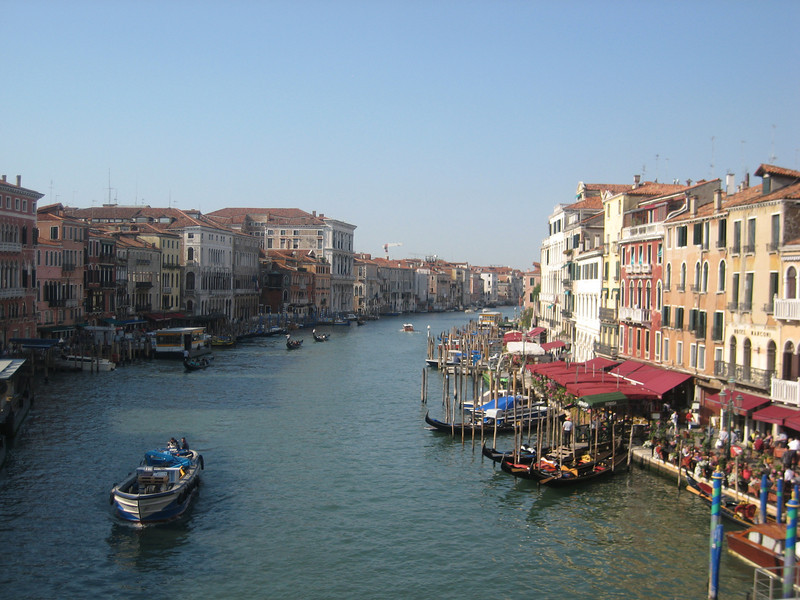 Grand Canal
Grand Canal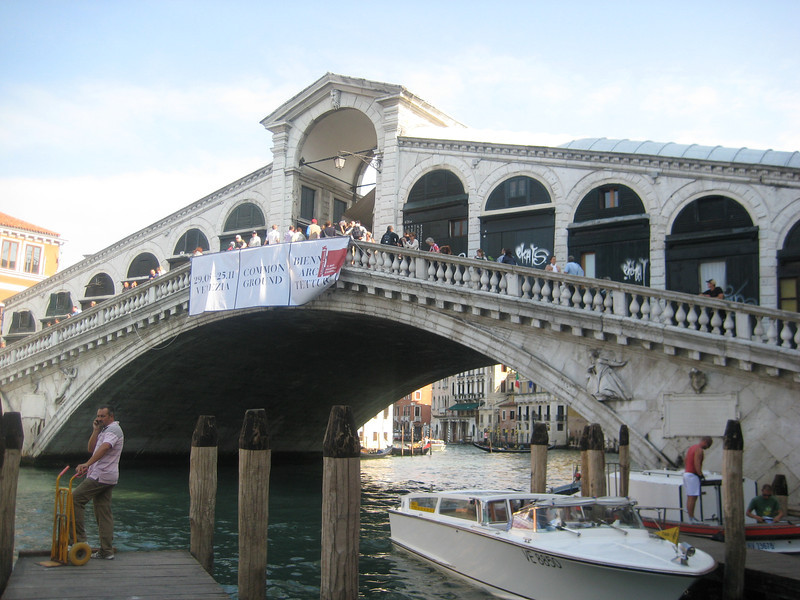 Rialto Bridge
Rialto Bridge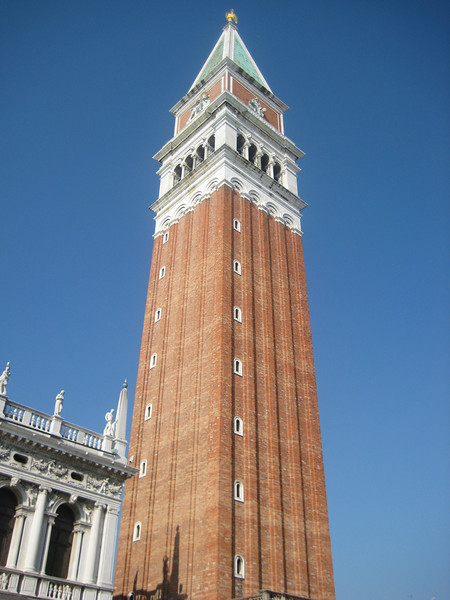 St Mark’s Campanile
St Mark’s Campanile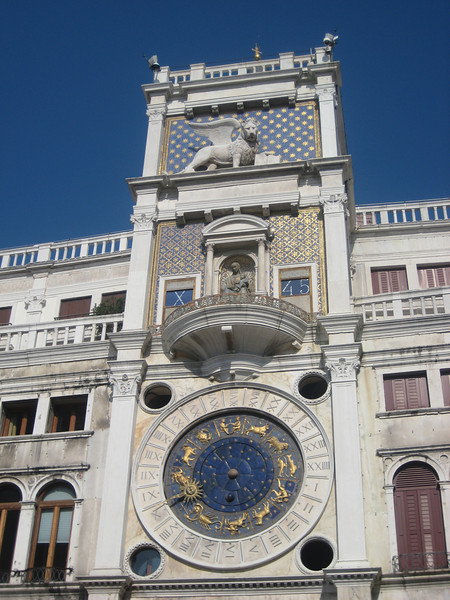
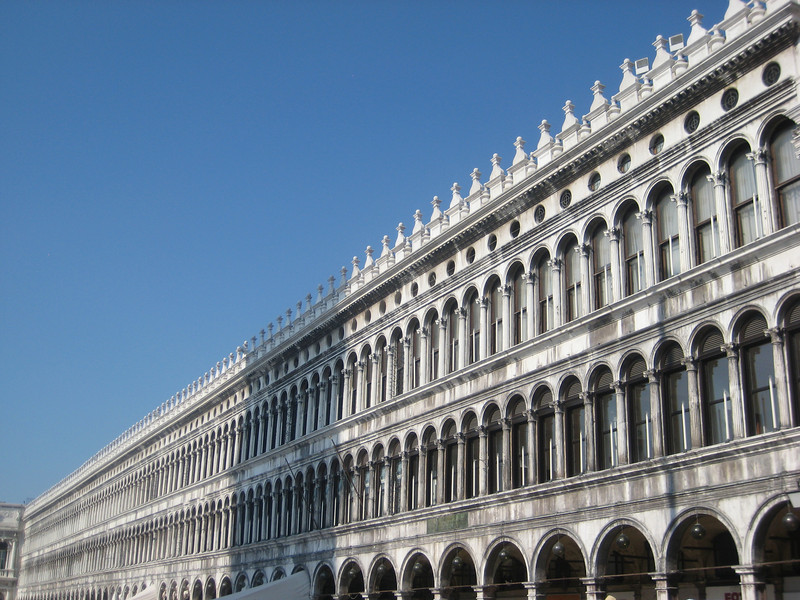
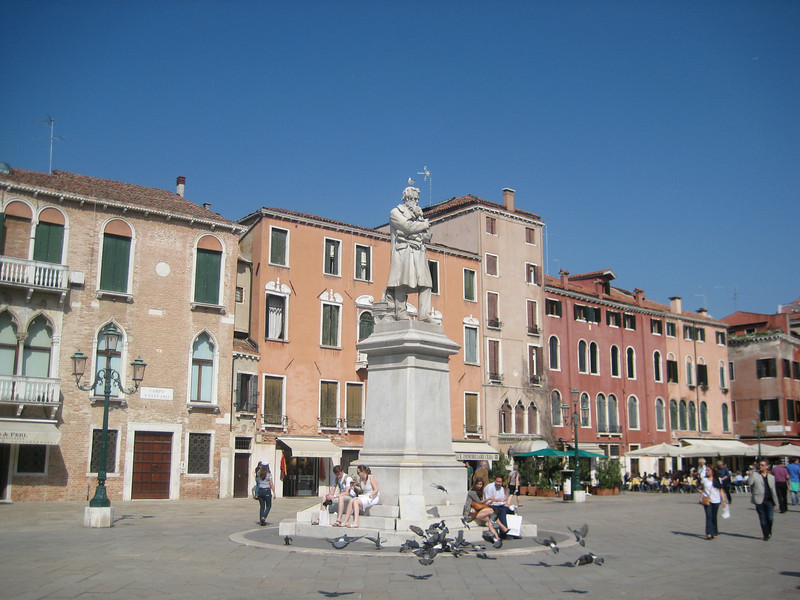
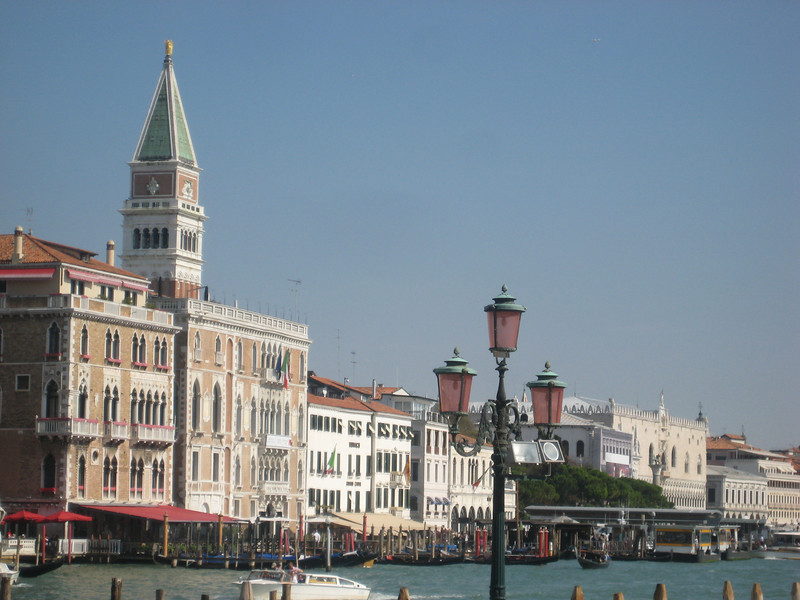
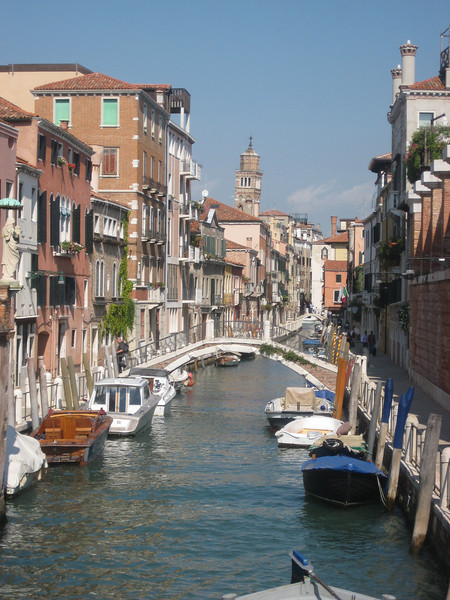
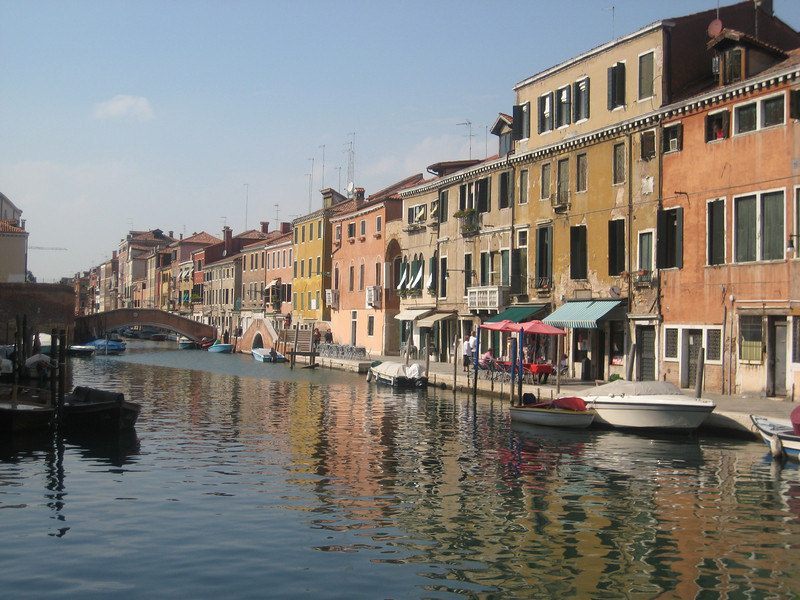
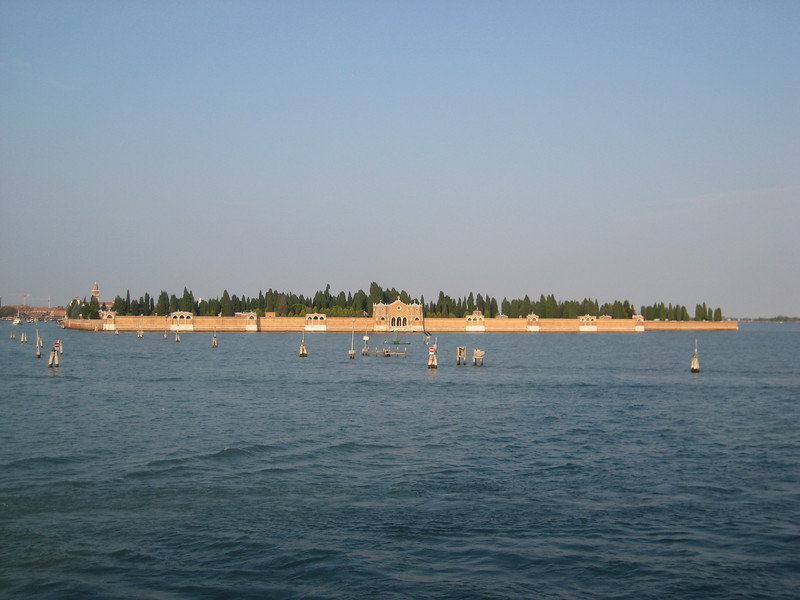
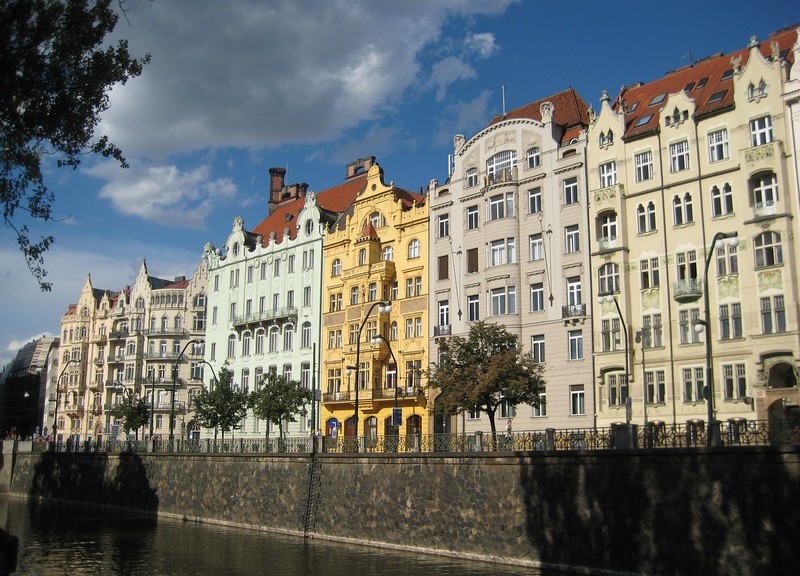
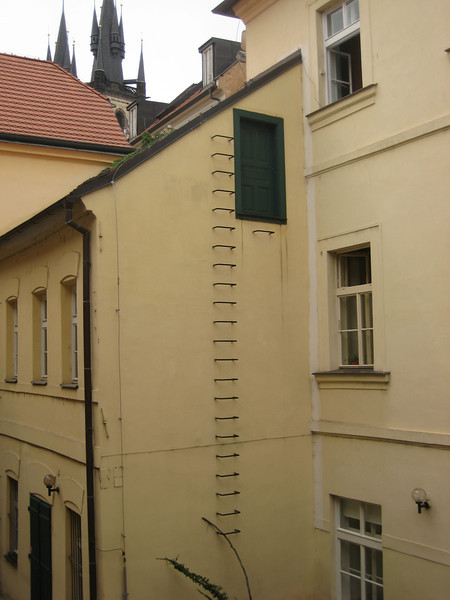
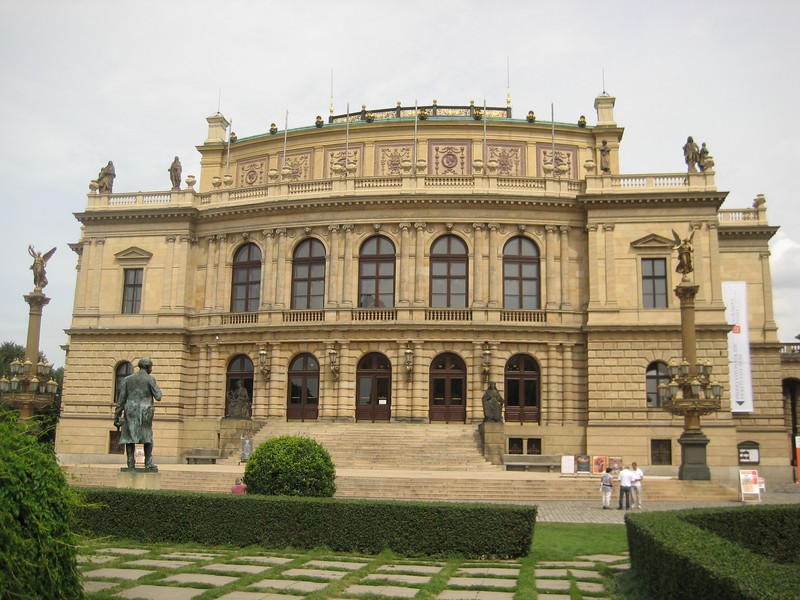
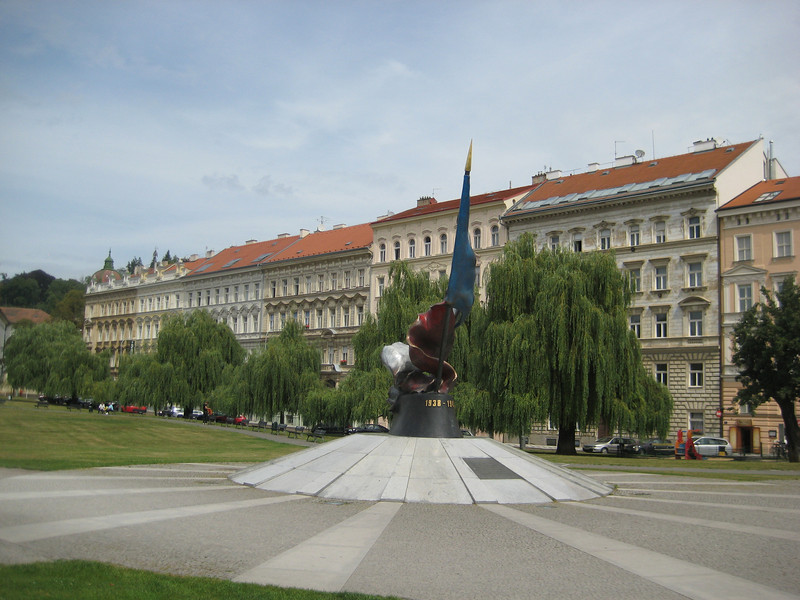
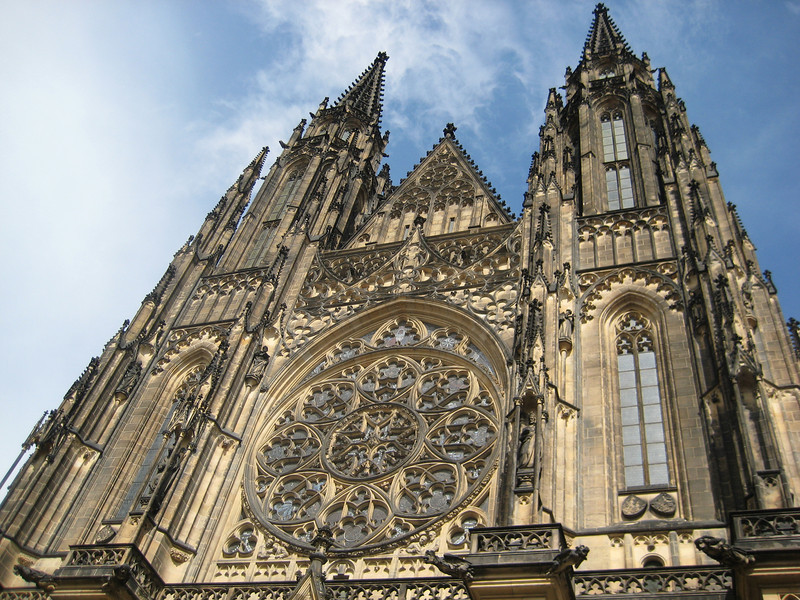
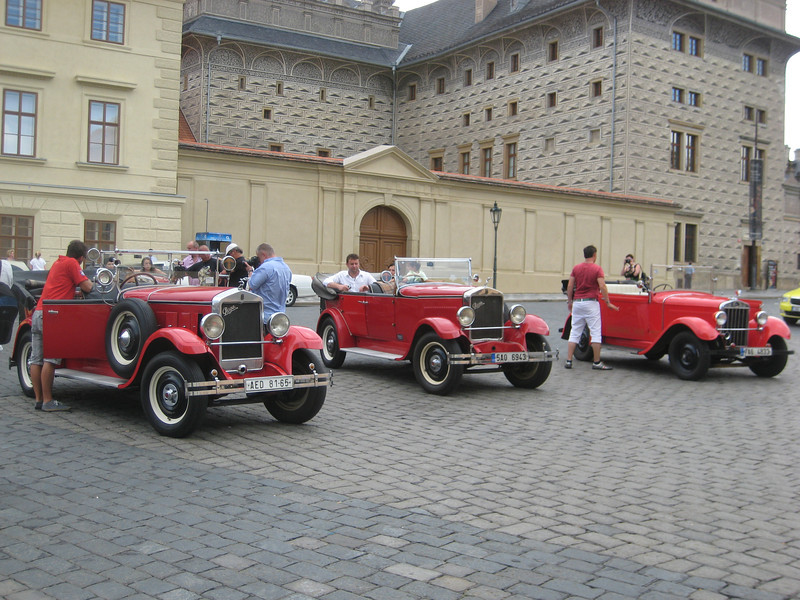
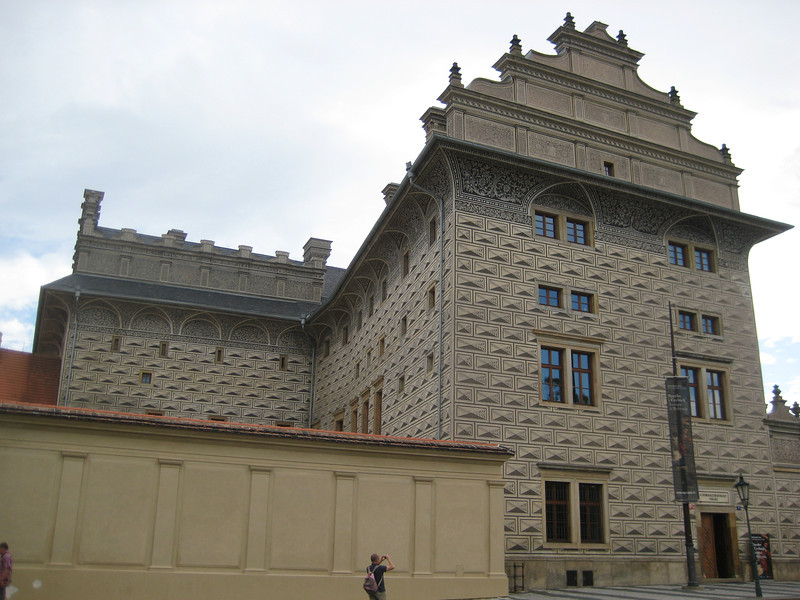
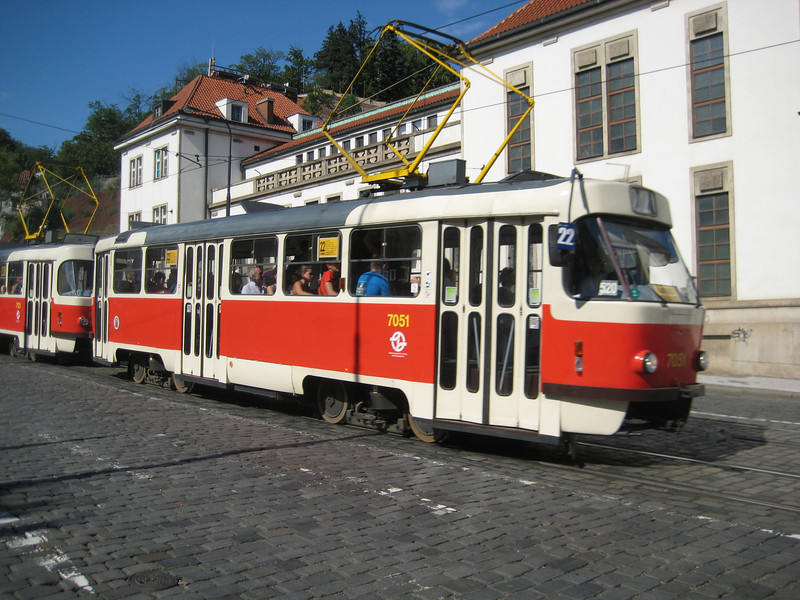
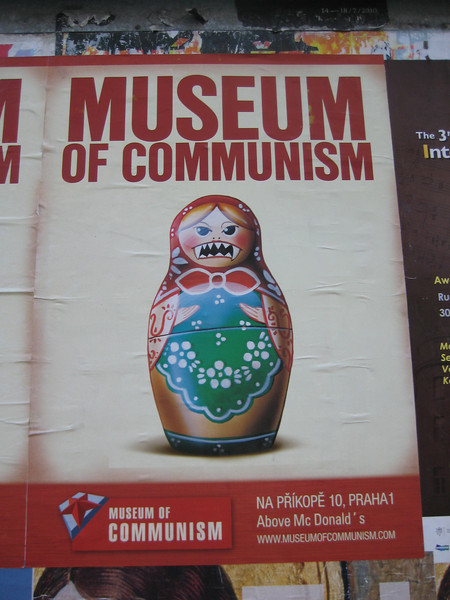
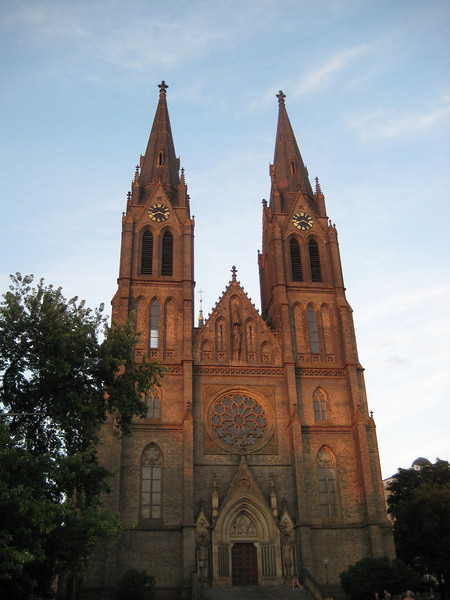
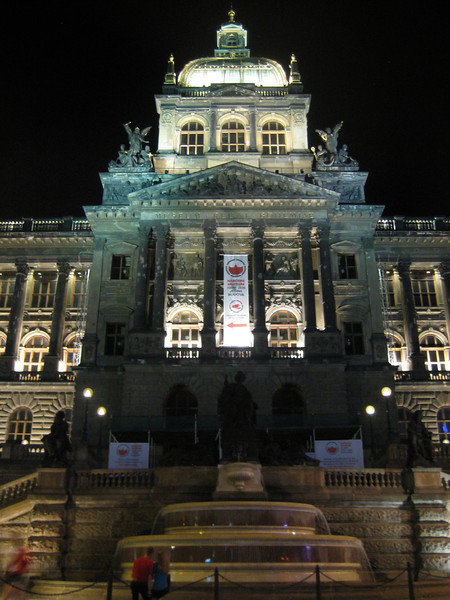 National Museum
National Museum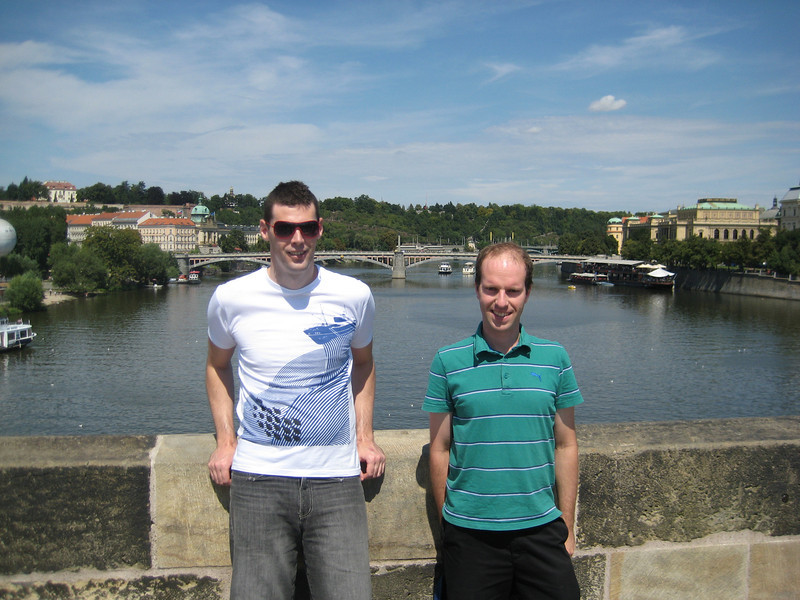 It’s not quite the Kaituna River
It’s not quite the Kaituna River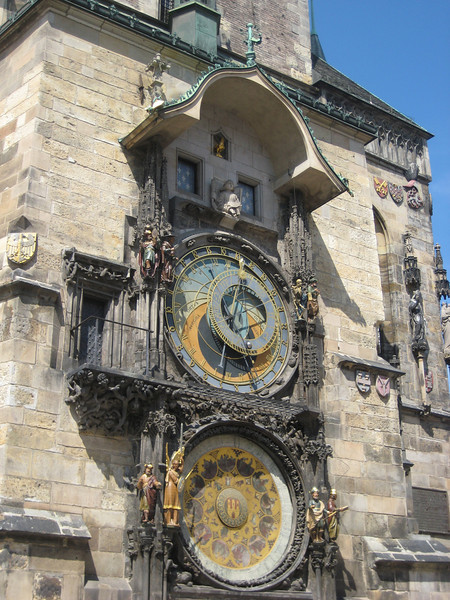
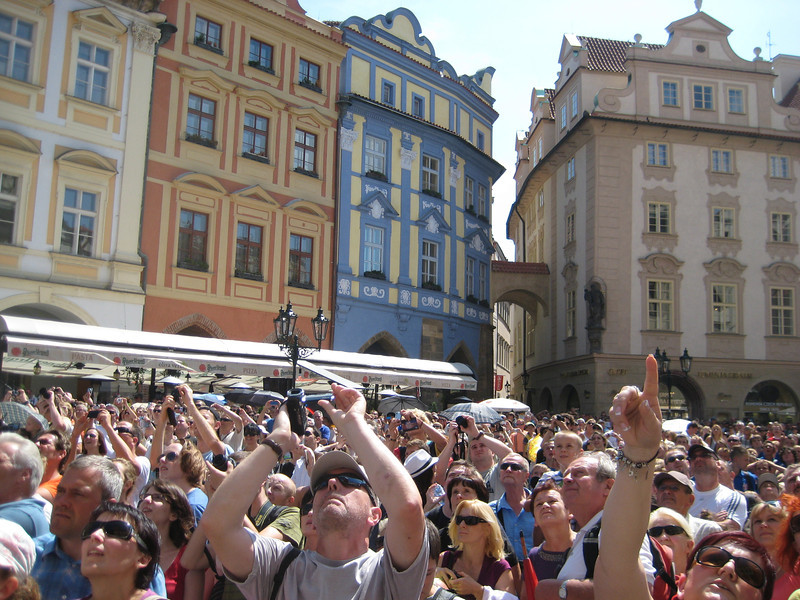
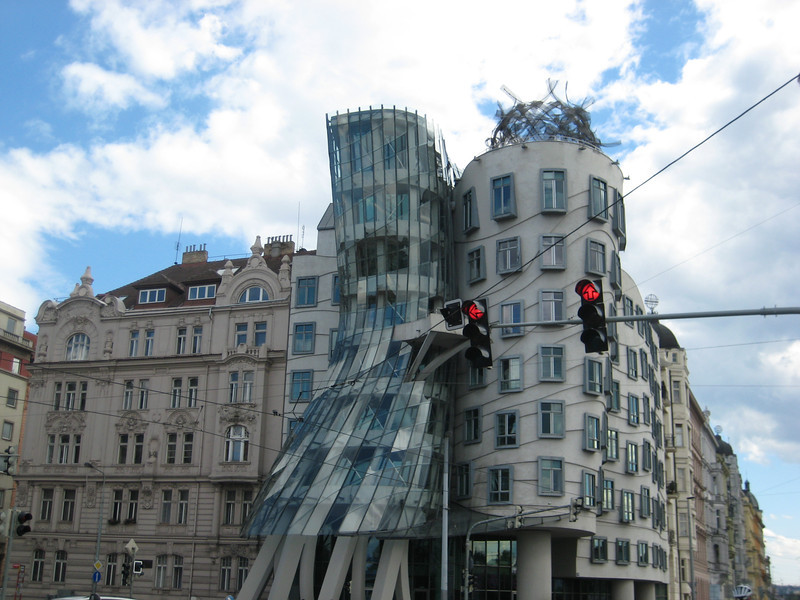 Dancing house down near the river
Dancing house down near the river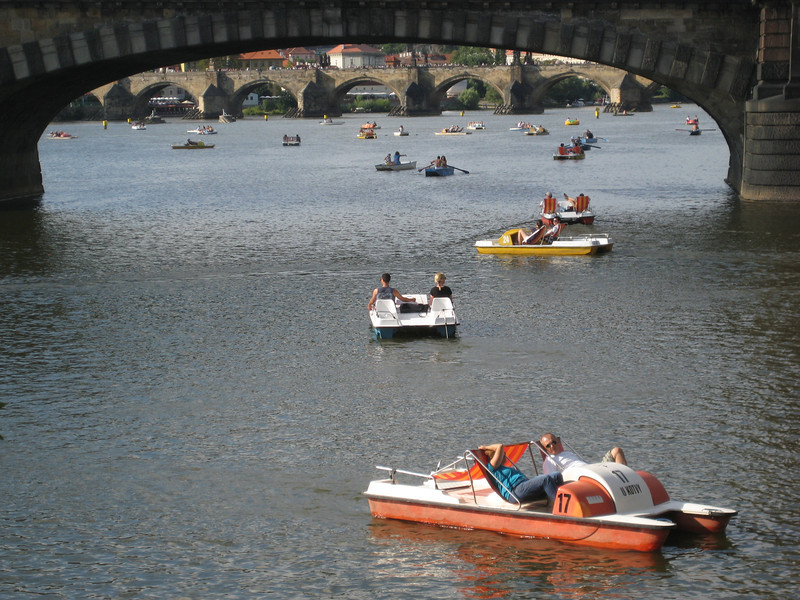 Plenty of people out pedalloing
Plenty of people out pedalloing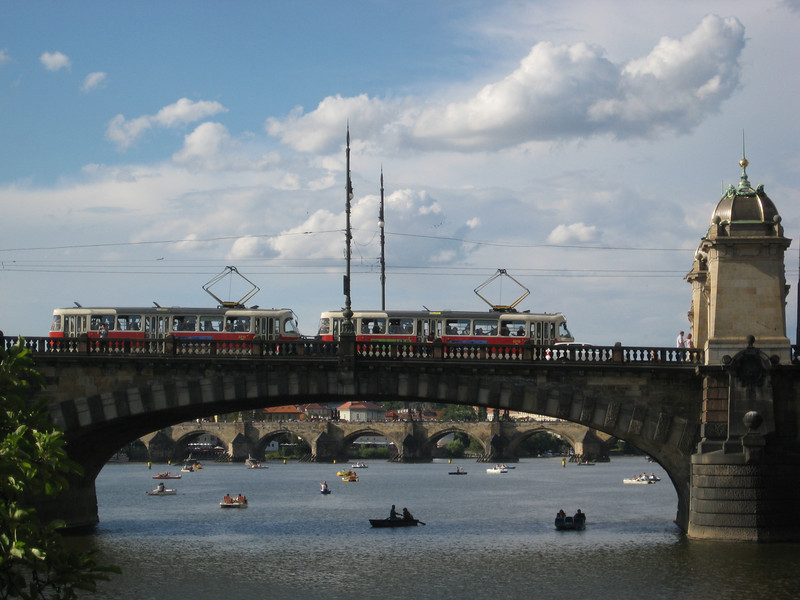
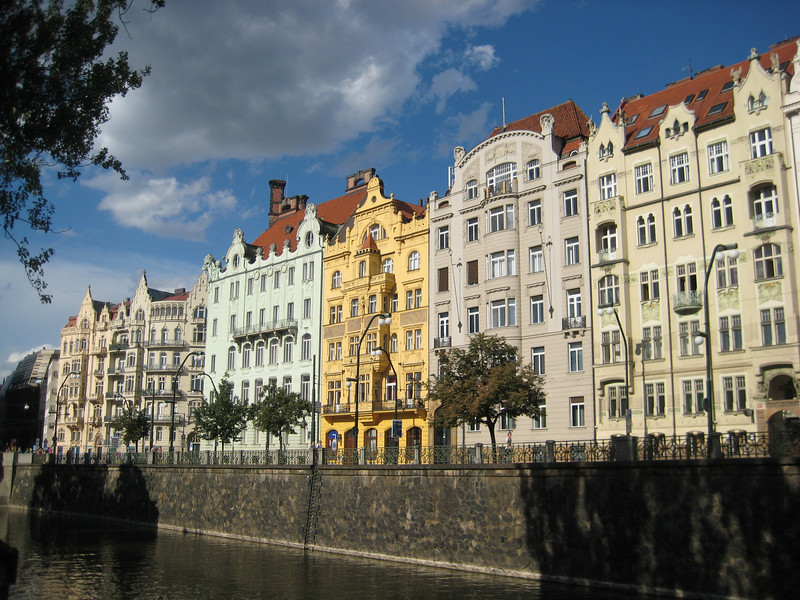
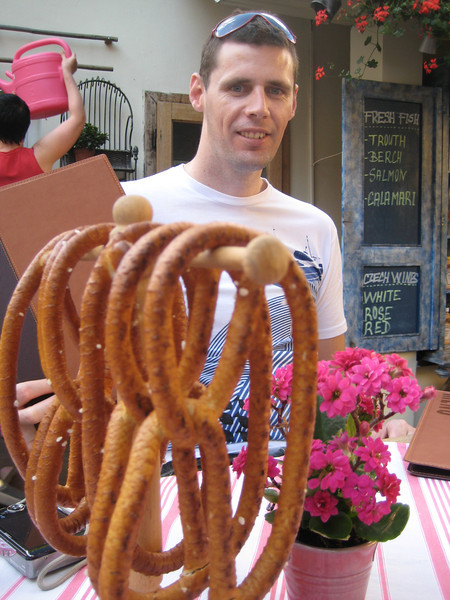
 The number plates are even more simplistic than back home – although not nearly as boring
The number plates are even more simplistic than back home – although not nearly as boring



 Horse powered wheel for crushing apples to make cider
Horse powered wheel for crushing apples to make cider
 The entrance to the passage grave – one could stand up inside it in certain places
The entrance to the passage grave – one could stand up inside it in certain places

 Back over Gorey
Back over Gorey Just to show that there were actually some Jersey cows left on the island – they’re not all overseas
Just to show that there were actually some Jersey cows left on the island – they’re not all overseas There were also these red river hogs from west Africa
There were also these red river hogs from west Africa